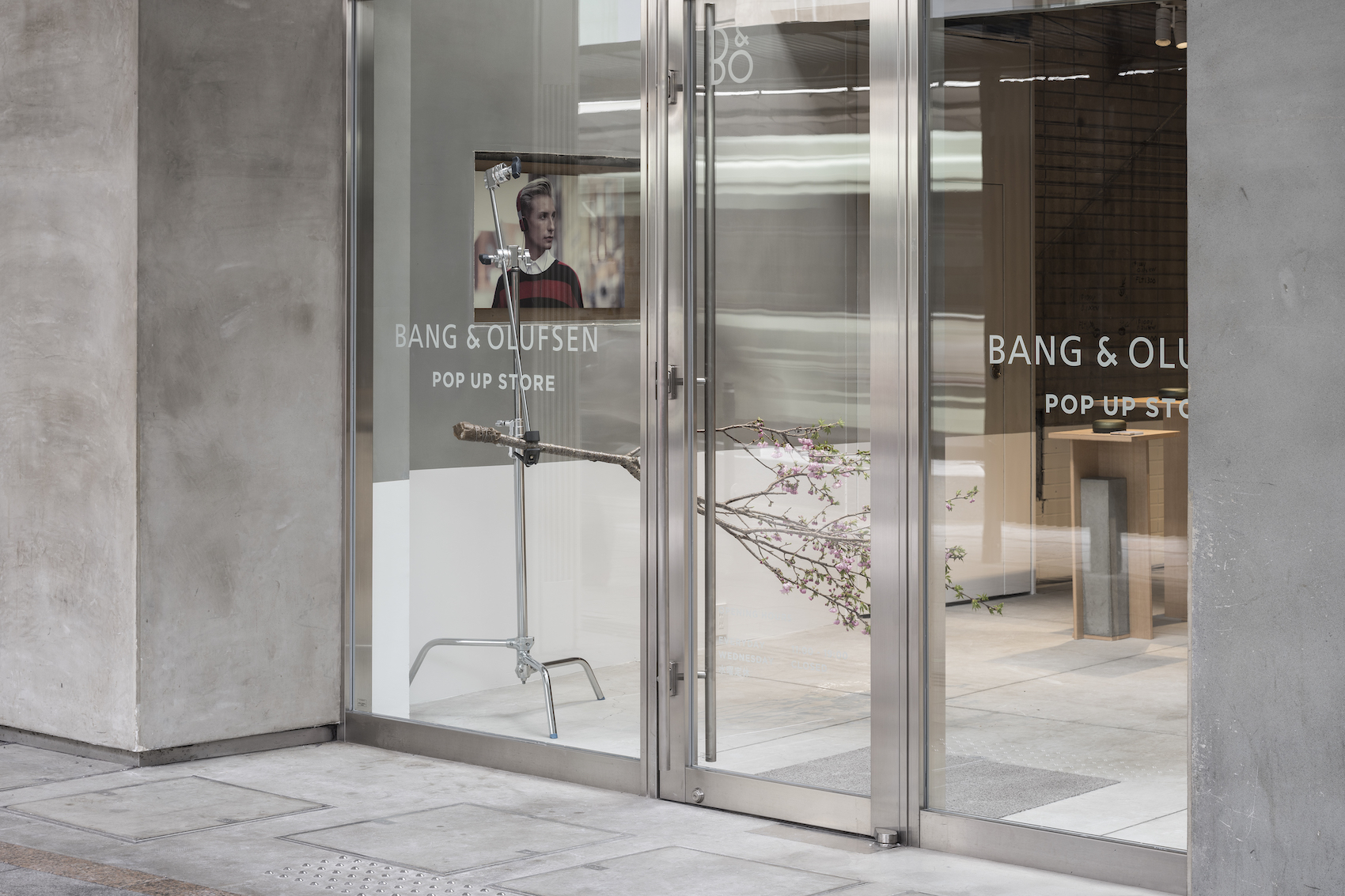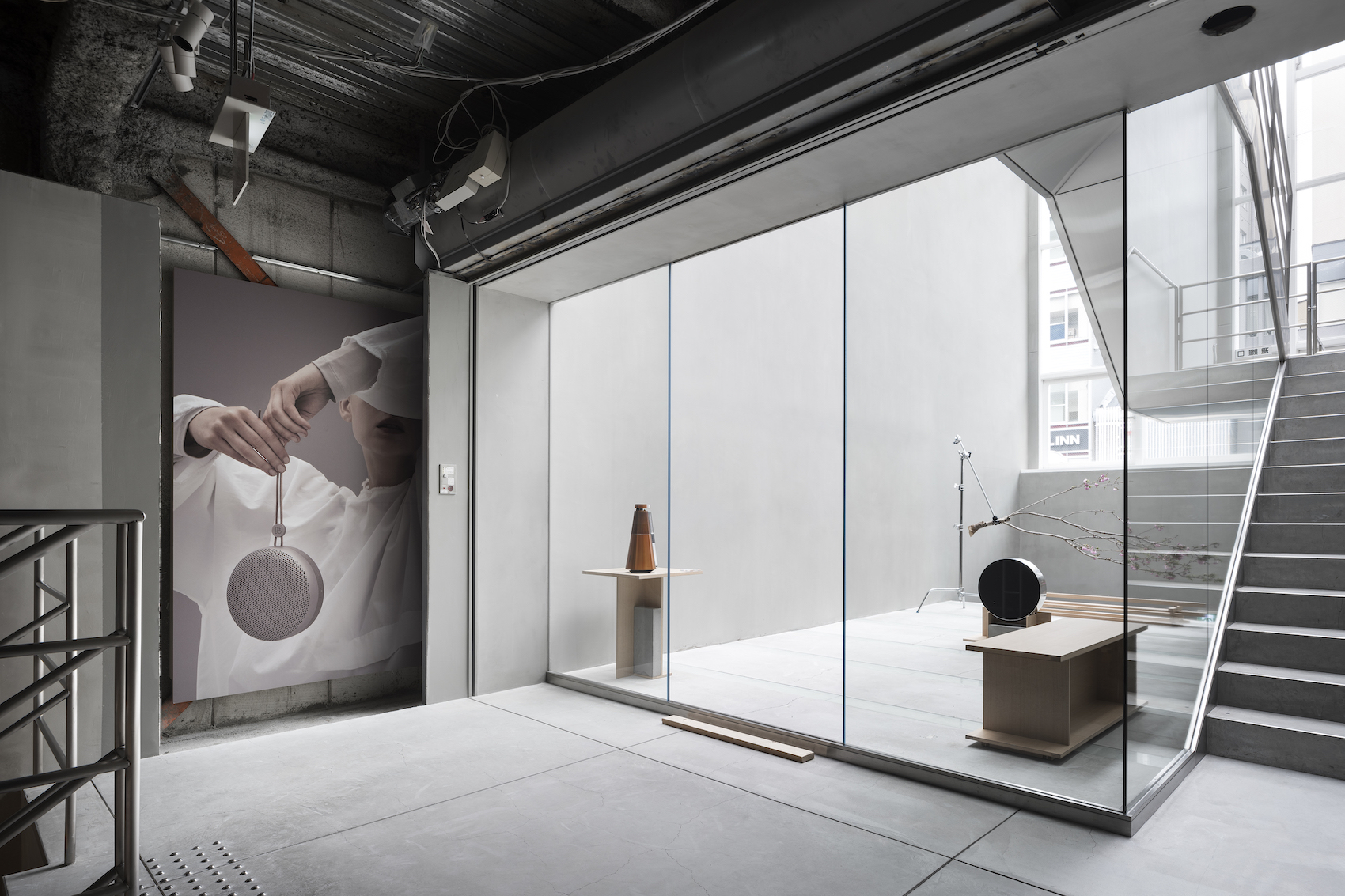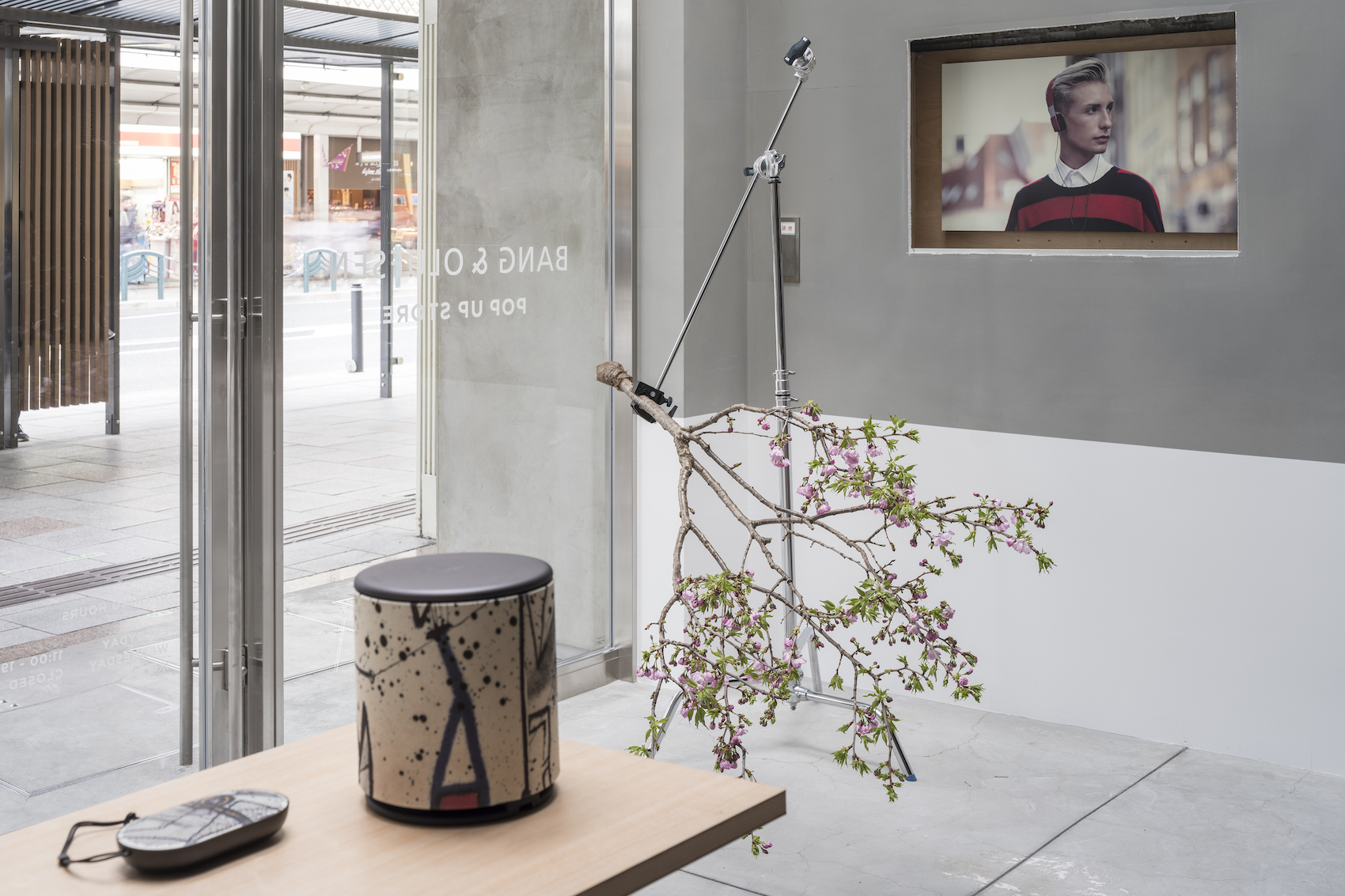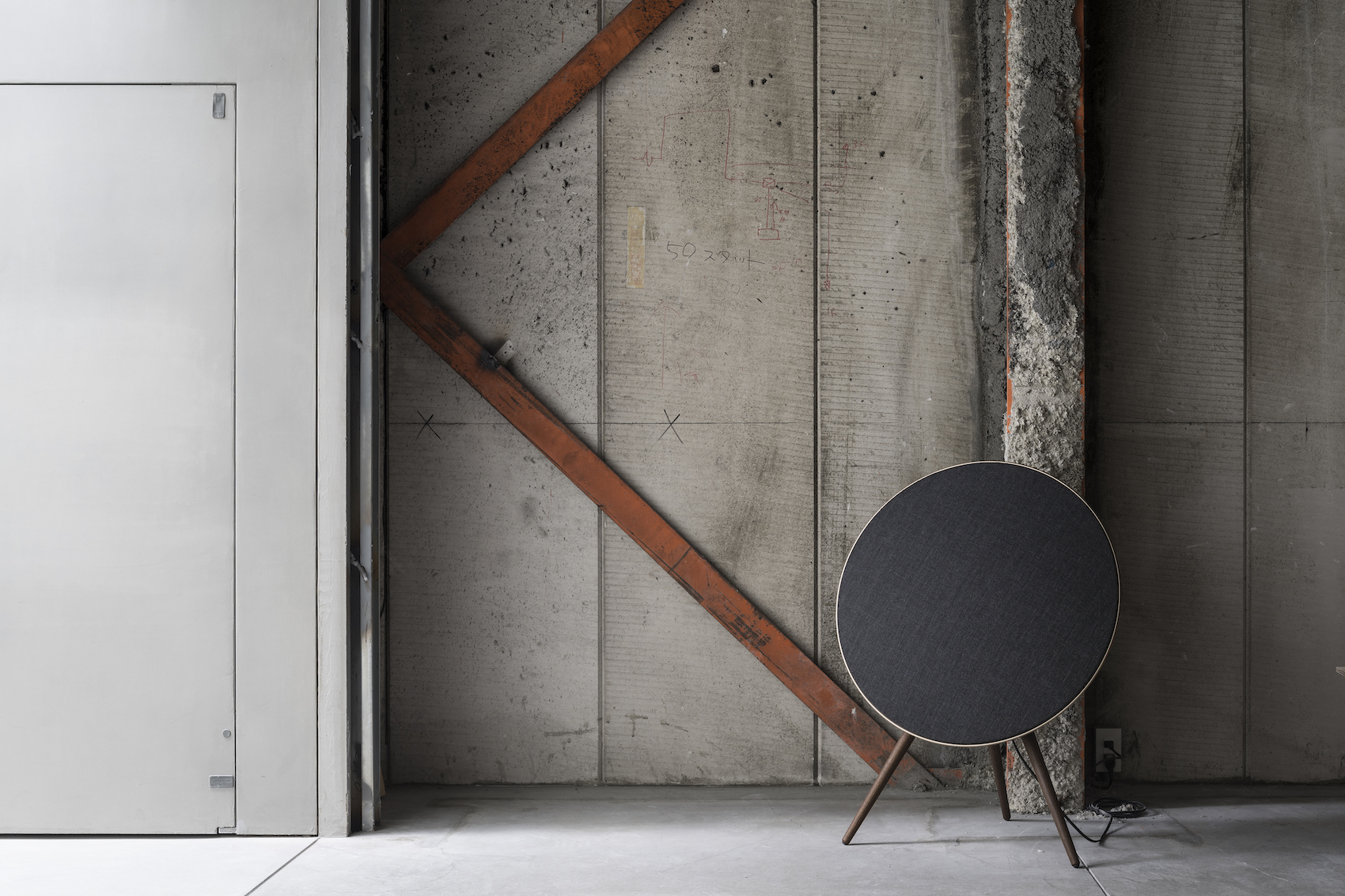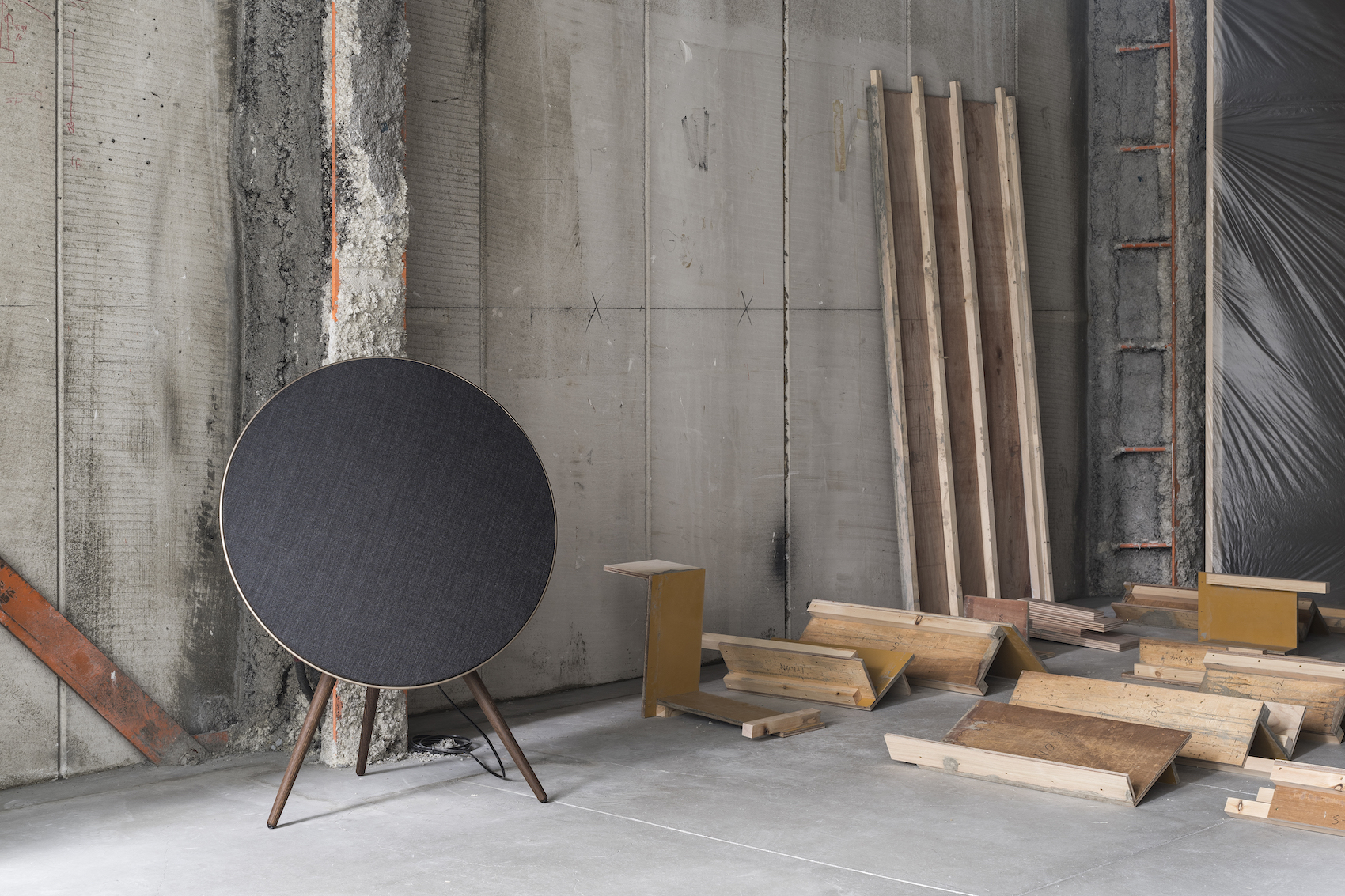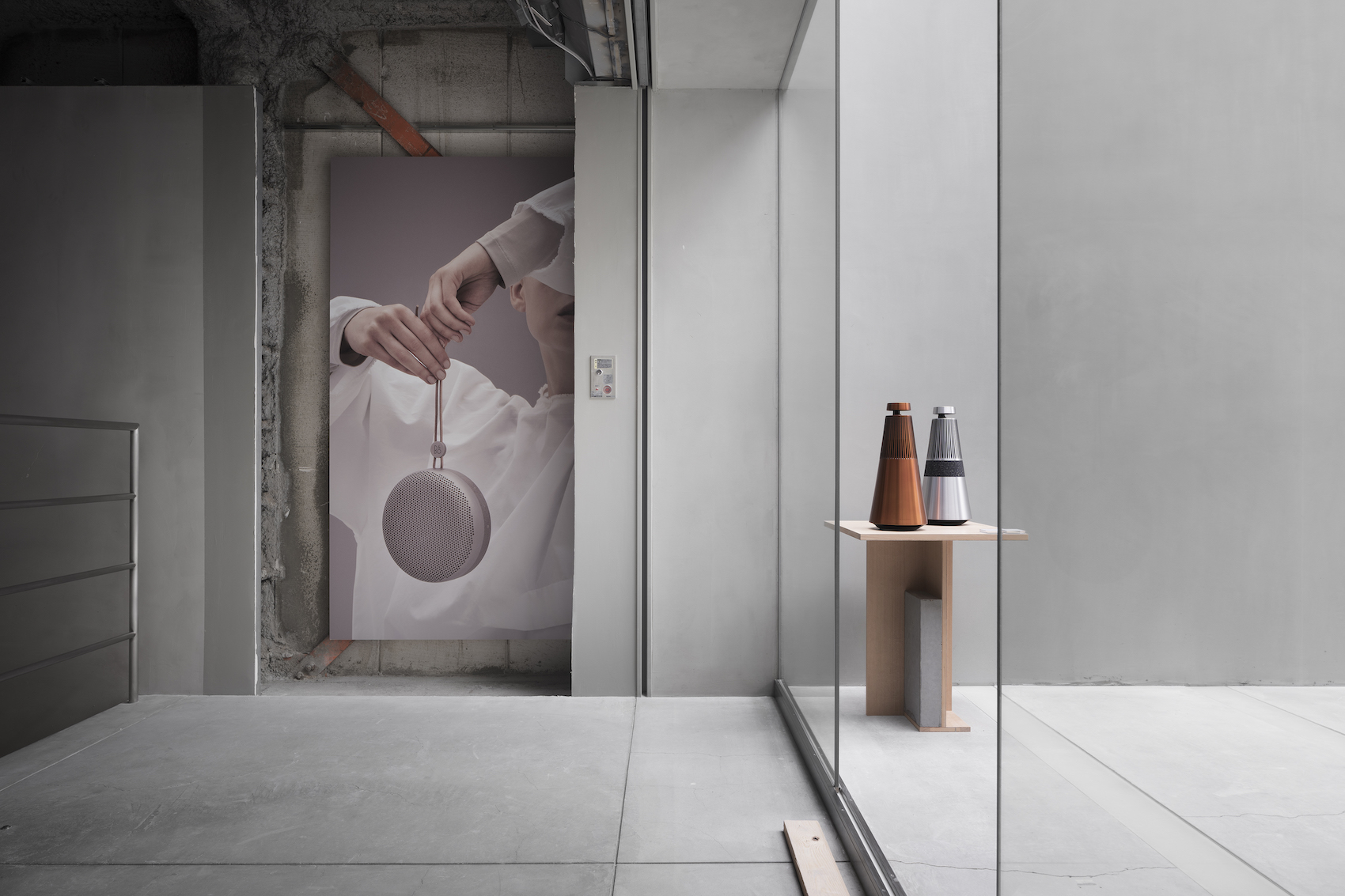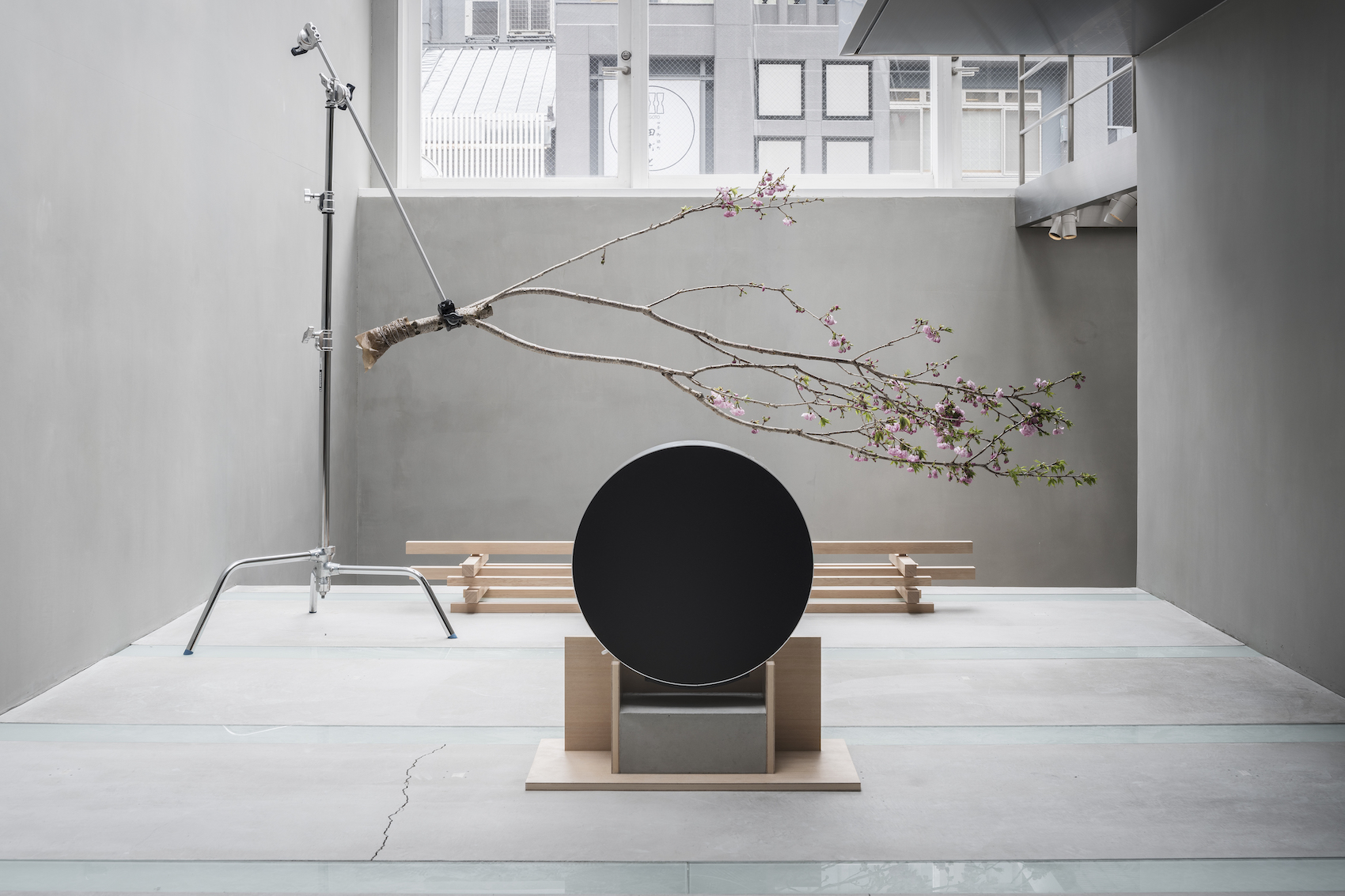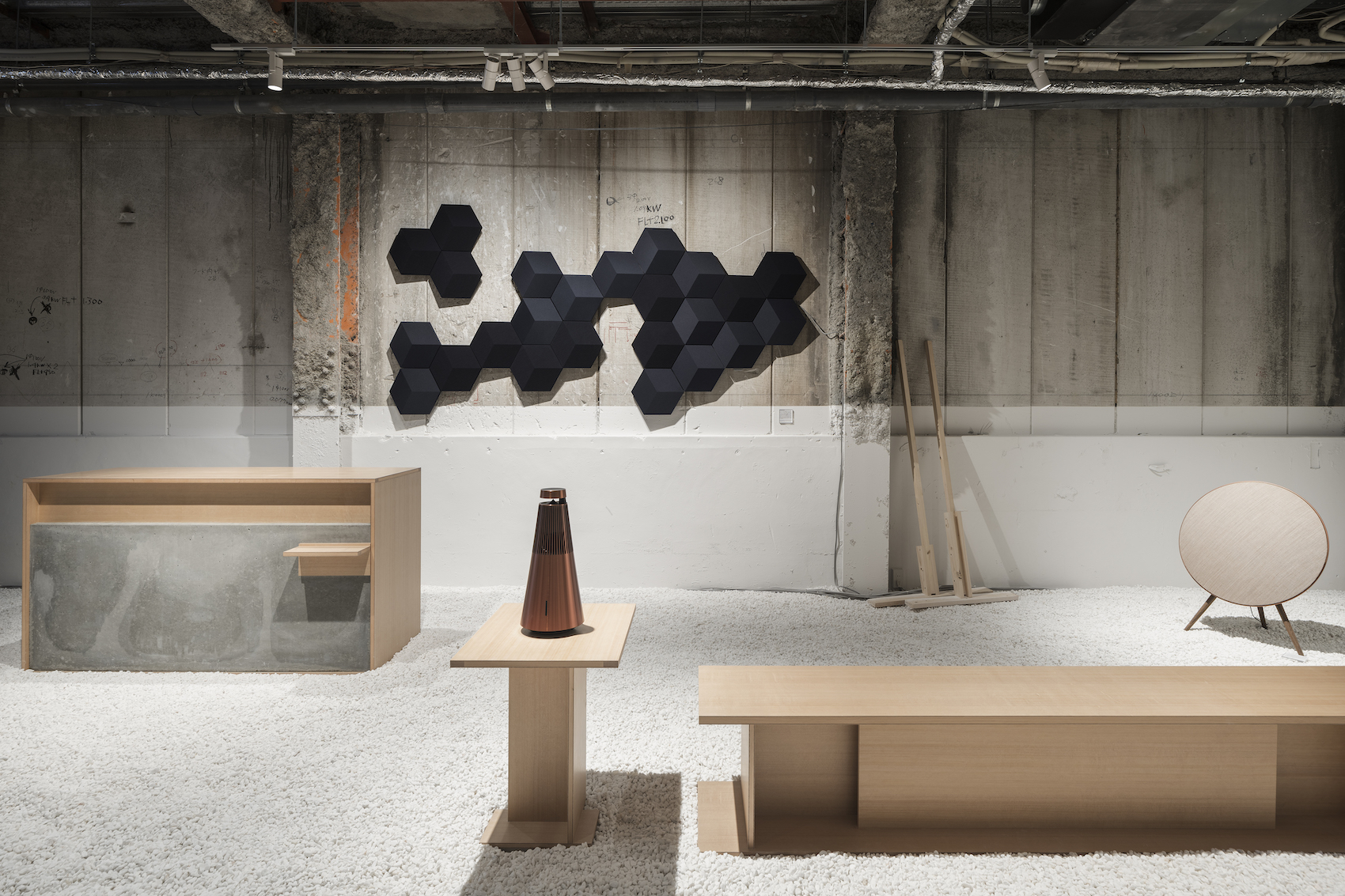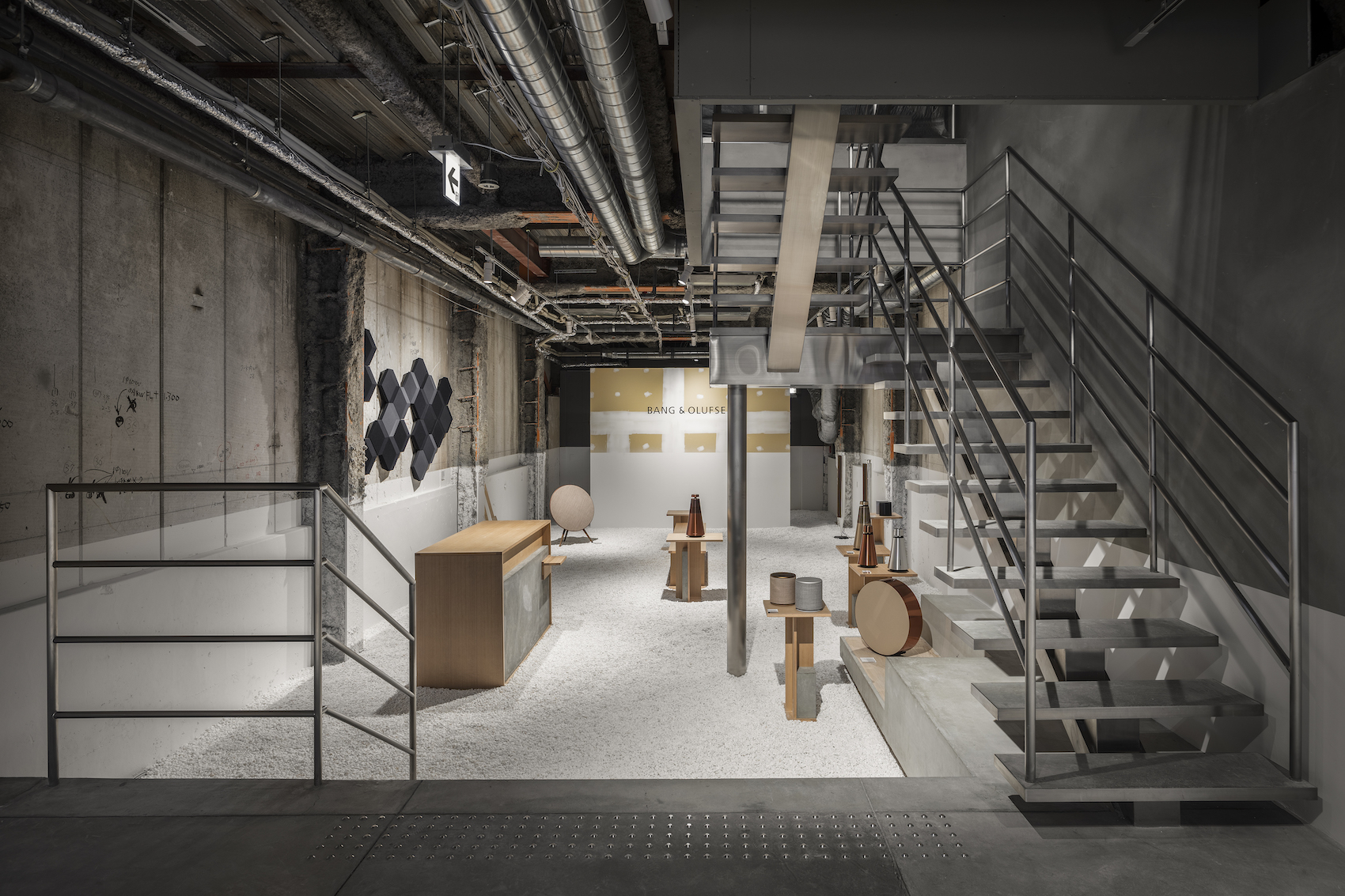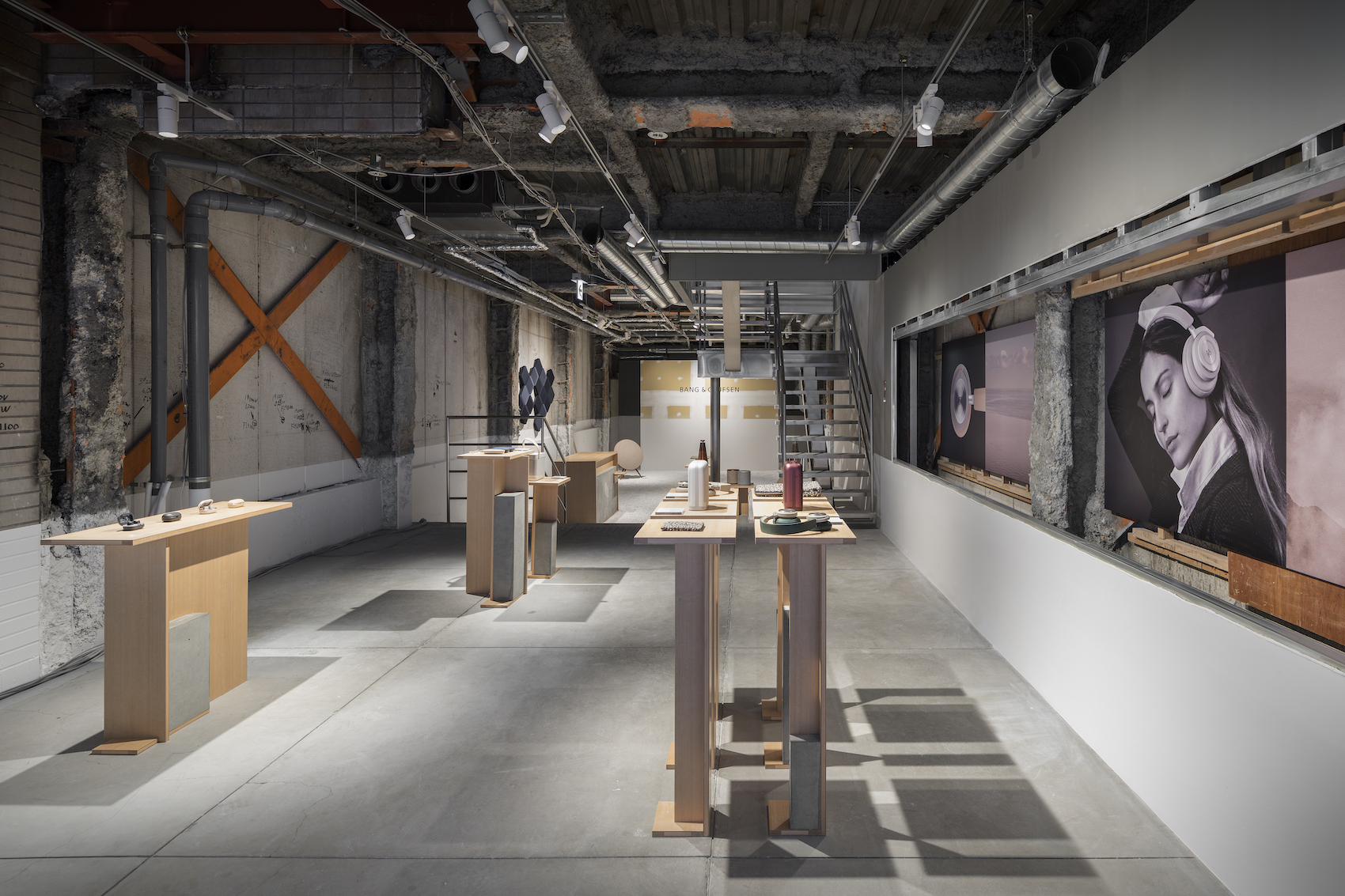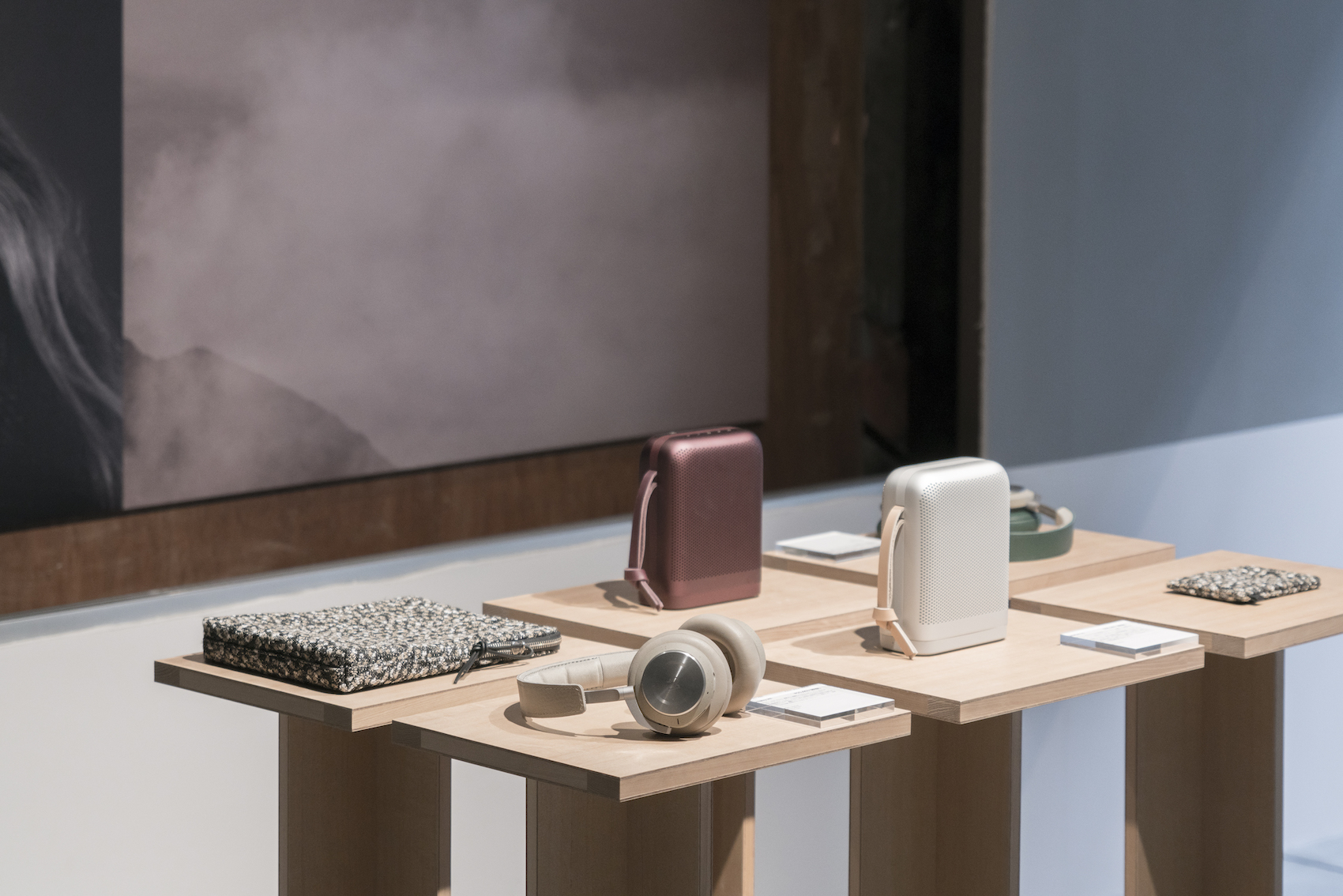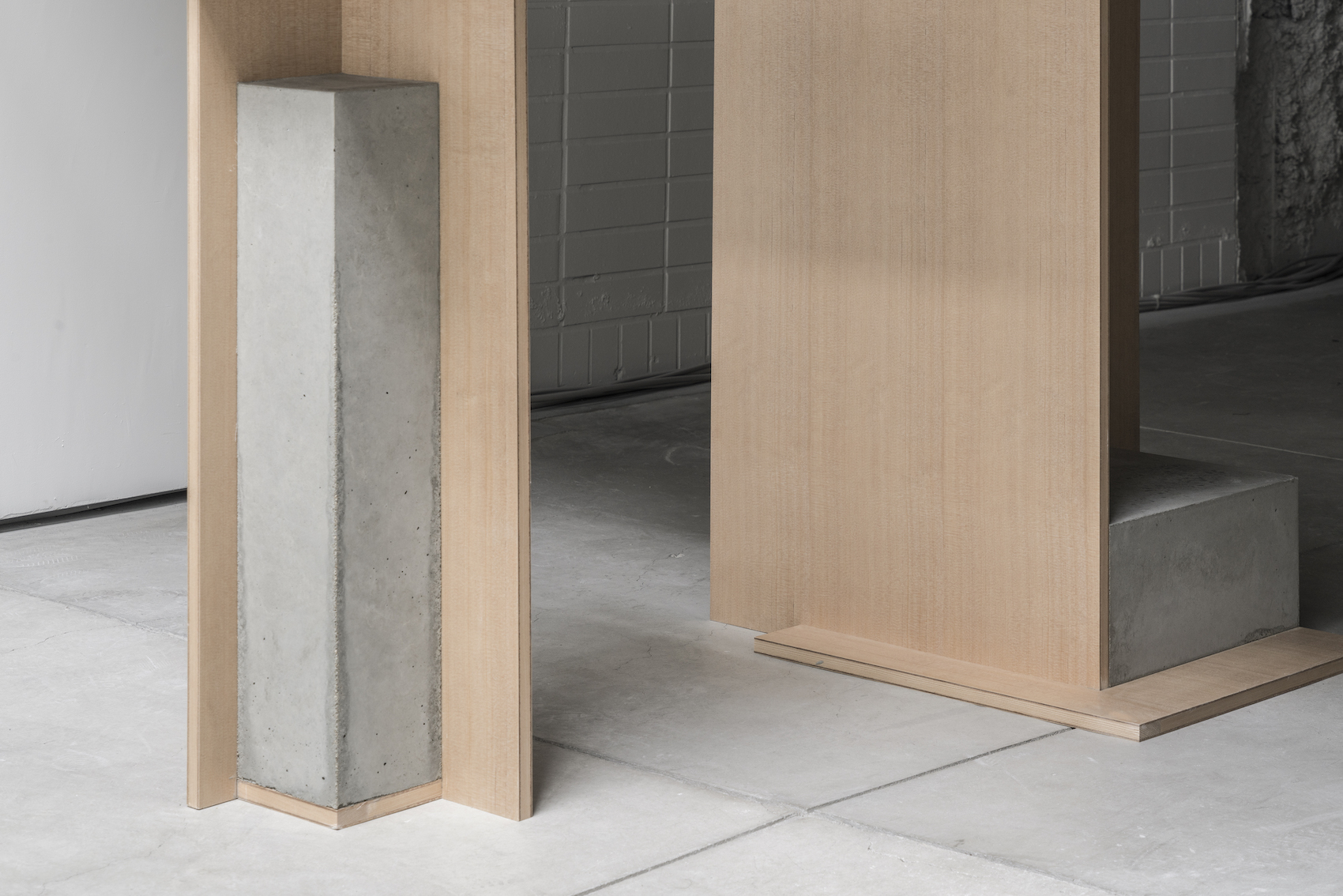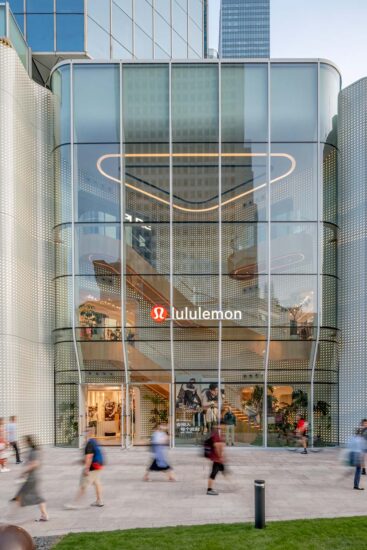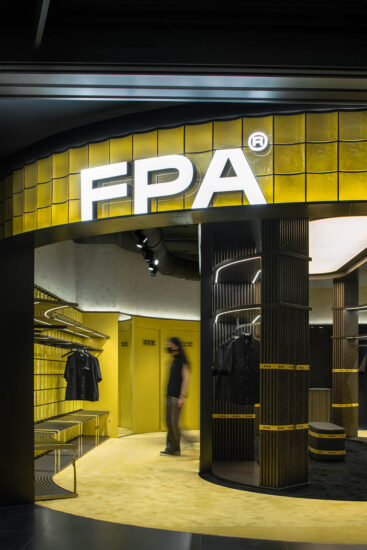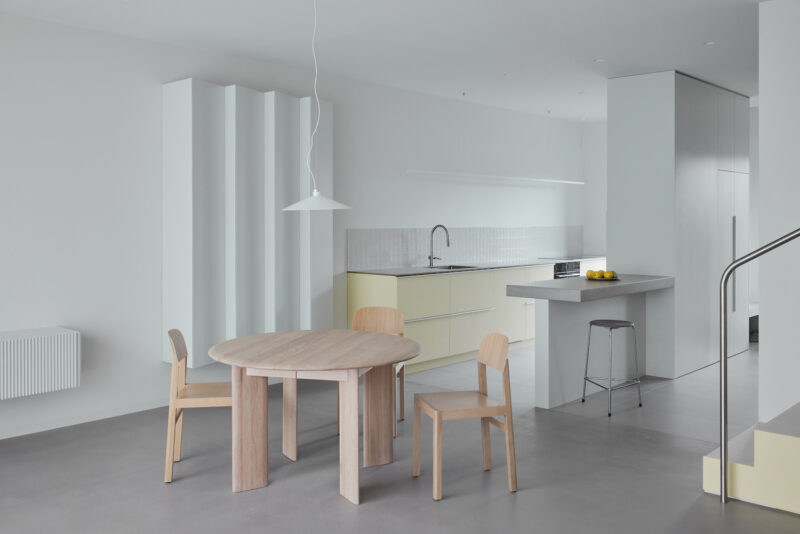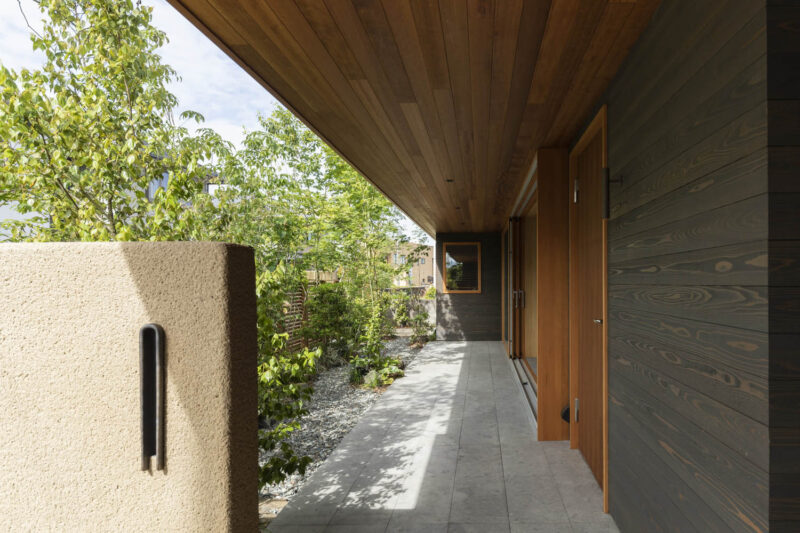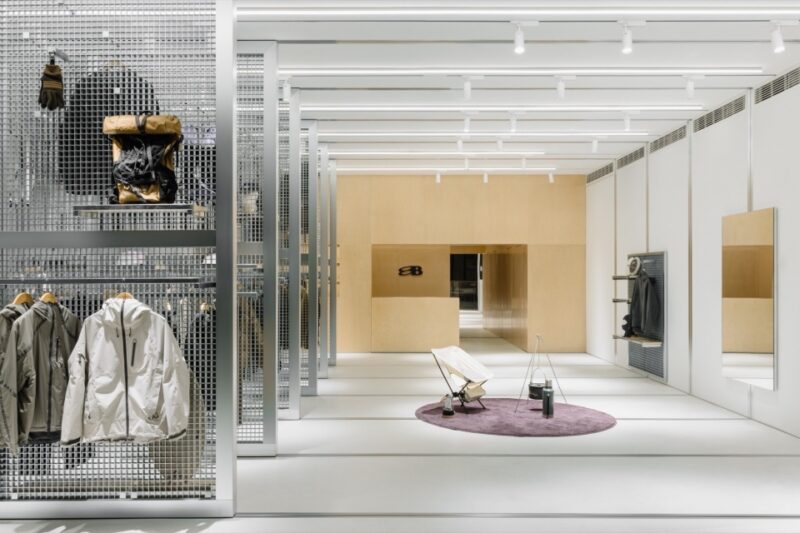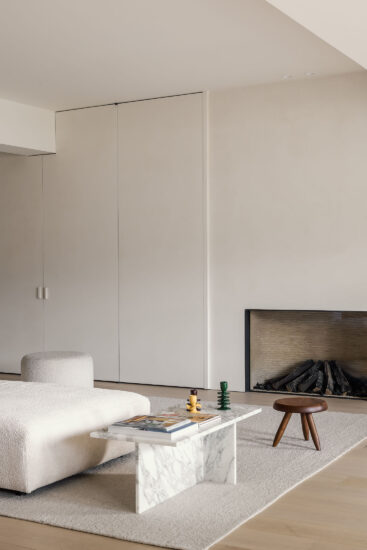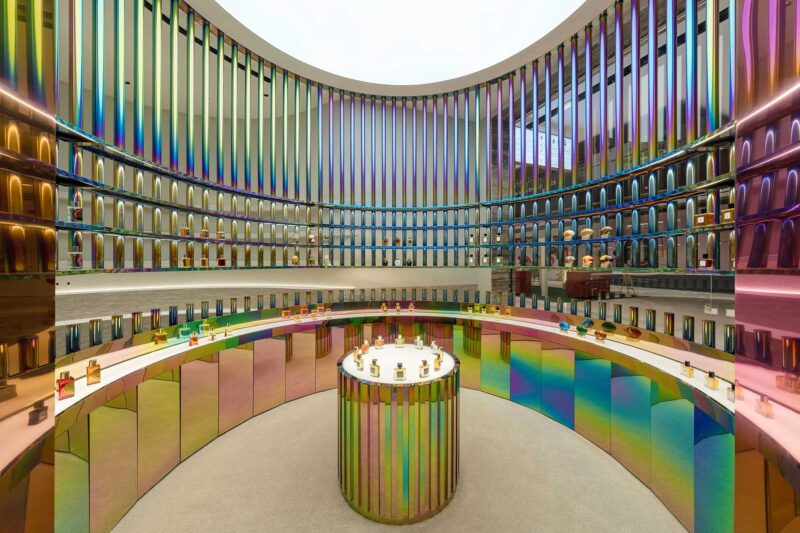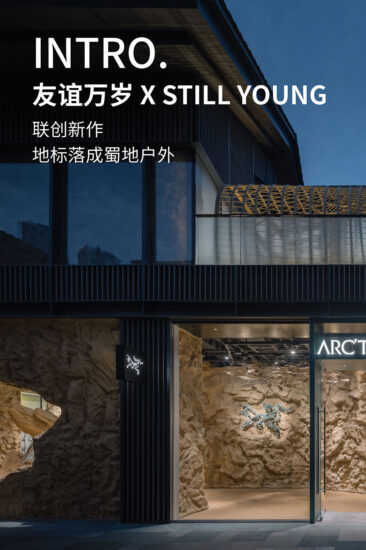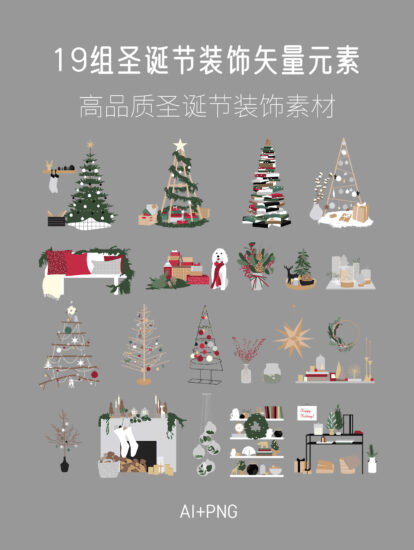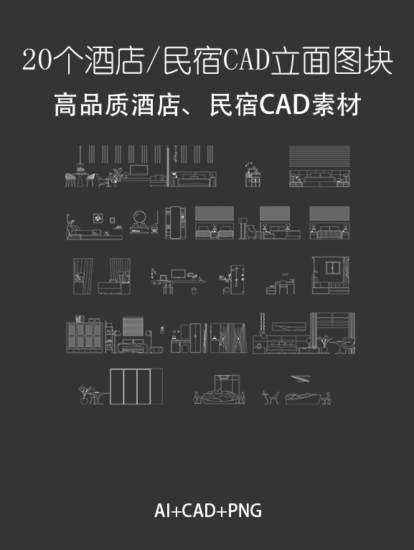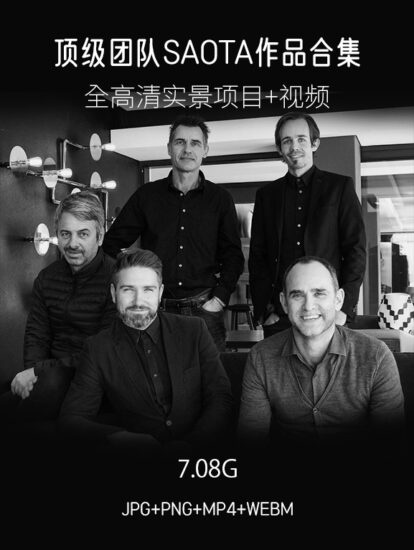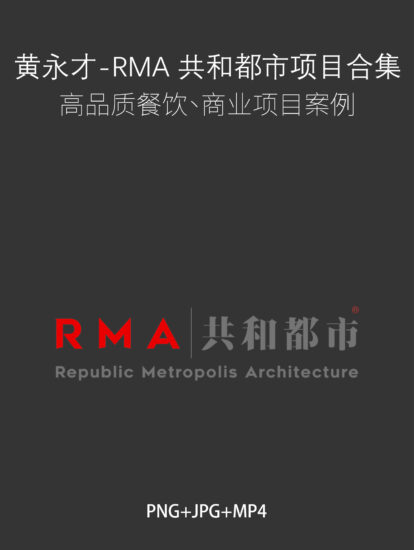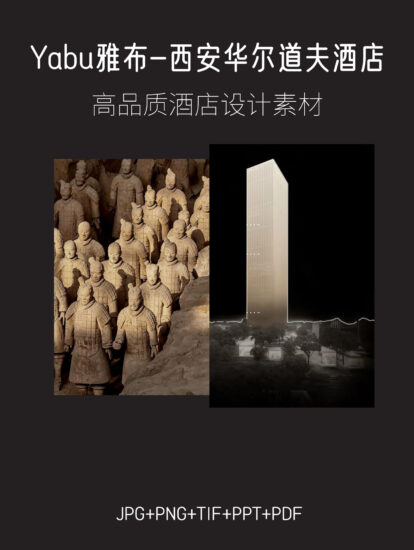京都Bang & Olufsen快閃店是由Yusuke Seki設計的一個極簡主義空間。在三個月的時間裏,這個項目把京都一家舊服裝店的兩層變成了丹麥音響設備公司Bang和Olufsen的零售空間。臨時商店填補了服裝品牌的離開和建築的拆除之間的時間間隔,有效地賦予了大廈新的生命。
Bang & Olufsen Pop-Up Store Kyoto is a minimalist space located in Kyoto, Japan, designed by Yusuke Seki. Over the course of three months, this project transformed two floors of a former clothing store in Kyoto into a retail environment for the Danish audio equipment company Bang and Olufsen. The pop-up store filled a temporal gap between the departure of the clothing brand and the building’s demolition, effectively giving a new lease on life to the edifice.
其中展示桌是由Yusuke Seki專門為這個空間設計的。混凝土塊是現場澆築的,每一塊木頭先被組裝成一個模子,然後用混凝土填充。在混凝土硬化後,模具的兩邊被移除,剩下的部分作為桌腿。
The display tables were designed by Yusuke Seki specially for this space. The concrete blocks weighing them down were not placed there, but rather cast on site. For each, four pieces of wood were first assembled into a mold, then filled with concrete.Upon the concrete hardening, two sides of the mold were removed, leaving the remaining pieces to serve as table legs.
該設計是應對長期存在於設計師腦海中的一個問題的機會:人們怎麼能想象木材用於製造混凝土的新用途,否則將其丟棄?利用模具作為建築元素和家具組件是解決這個問題的一個方法。用於此目的的木材是鐵杉,它是一種相對昂貴的材料,在日本神社建築中經常見到,從而突顯了這種副產品的新價值。此外,被移除的模具元素並沒有被丟棄,而是作為建築過程的敘事線索在商店中展示。對回收材料和減少浪費的關注也影響了空間的設計。
The design was an occasion to grapple with an issue that had long been on the designer’s mind: how might one imagine a new use for the wood used in creating concrete, which is otherwise thrown away? To utilize the mold as both constructive element and furniture component was one way to get around this problem. The wood used for this purpose was tsuga, a relatively expensive material that is often seen in Japanese shrine architecture, thus underlining the new value given to this byproduct. Moreover, the removed mold elements, rather than being thrown out, were subsequently displayed in the store as a narrative trace of the construction process. A concern with recycling materials and minimizing waste also informs the design of the space.
由於商店的臨時性質,Yusuke Seki已經努力盡可能多地重複使用原始的物質,以最小的方式達到最大的效果。牆壁和天花板處於拆除狀態,照片被放置在曾經有架子的地方。在二樓的後部,添加了白色碎石,這在京都附近的神社中可以看到,將空間的這一部分轉化為一種神聖的複合物——反映了聽音樂的體驗是如何立刻成為一種精神的體驗。
Conscious of the store’s temporary nature, Yusuke Seki has strived to reuse as much of the original substance as possible and to achieve maximum effect with minimal means. The walls and ceiling have been left in a state of mid-demolition, with photographs installed in the cavities left by where shelves once were. In the back part of the first floor, the addition of white gravel, a reference to a common practice seen in Jinja shrines around Kyoto, transforms this part of the space into a sort of sacred compound – mirroring how the experience of listening to music can at once be a spiritual one.
主要項目信息
項目名稱:京都Bang & Olufsen快閃店
項目位置:日本京都
項目類型:商業空間/零售店
完成時間:2019
設計公司:Yusuke Seki
攝影:Tomooki Kengaku
客戶:Bang & Olufsen



